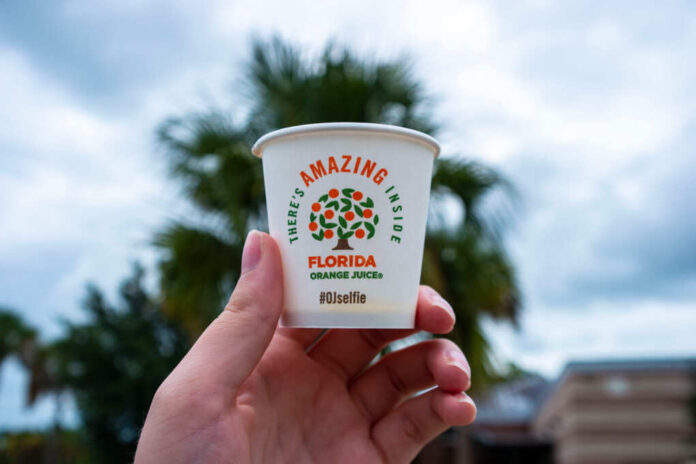
Florida’s iconic orange industry is in freefall, with production crashing to its lowest levels since World War II in a stunning collapse shaking breakfast tables nationwide.
At a Glance
- Florida’s orange output has declined by over 90% since 2005.
- Hurricanes and citrus greening disease have devastated crops.
- Orange juice prices have nearly doubled since 2020.
- Growers are selling farmland due to economic pressures.
- Imports and trade tensions are reshaping market dynamics.
Historic Decline in Florida Citrus
Florida’s once-dominant citrus industry is facing historic lows, with the U.S. Department of Agriculture forecasting only 11.5 million boxes of oranges for the 2024–2025 season.
This marks a steep 30% drop from the previous year and a staggering decline of over 90% compared to 2005 levels, when growers harvested 242 million boxes. The long-standing association between Florida and orange juice is now under significant strain due to a mix of environmental and economic factors.
Hurricanes and Disease Decimate Groves
Hurricanes Helene, Ian, and Milton have inflicted repeated, costly damage to Florida’s citrus regions. As reported by the New York Post, Hurricane Milton alone caused an estimated $2 billion in agricultural losses. Meanwhile, citrus greening—an incurable bacterial disease introduced in 2005—continues to spread, rendering many groves unproductive.
This disease, also known as Huanglongbing, restricts nutrient flow within the trees, leading to small, bitter fruit and eventual tree death. According to CBS News, many farmers have been forced to uproot entire orchards.
Economic Pressures and Surging Prices
As the orange supply dwindles, prices have soared. A 12-ounce can of frozen orange juice concentrate that cost $2.28 in 2020 now sells for $4.49 in 2025, more than doubling in five years. This price inflation is compounded by broader grocery cost increases, with approximately 70% of American households feeling the squeeze.
Rising tariffs and trade tensions further burden the industry. According to Moneywise, new import tariffs on goods from Canada and Mexico—and retaliatory measures against U.S. citrus—are escalating costs for both producers and consumers.
Land Loss and Industry Shifts
Florida’s citrus acreage has declined from 832,000 acres to just 275,000, driven in part by developers snapping up farmland in growing areas like Polk County. Urban sprawl and economic instability have led many growers to exit the business entirely.
Yet, optimism persists. Matt Joyner, CEO of Florida Citrus Mutual, told Moneywise, “This industry is … so ingrained in Florida. Citrus is synonymous with Florida.” Farmer Christian Spinosa added in an interview with CBS News, “I don’t envision a day where orange juice for breakfast is not a normal thing in America.”
To meet consumer demand and stabilize supply, attention is turning to international sources. Brazil, the world’s largest orange juice exporter, is seeing a potential rebound after years of drought. An agricultural report cited by the New York Post noted that improved rainfall in regions like São Paulo and Minas Gerais could support a production recovery in 2024–2025. California and Spain are also being looked to as supplementary producers.
While Florida’s orange industry faces monumental challenges, efforts to combat disease, invest in alternative production regions, and retain cultural relevance suggest that orange juice could remain a staple—though a more expensive one—in American households.
Watch coverage of Florida’s declining citrus industry.




















